704 rezultate găsite
Skip results of view Știri
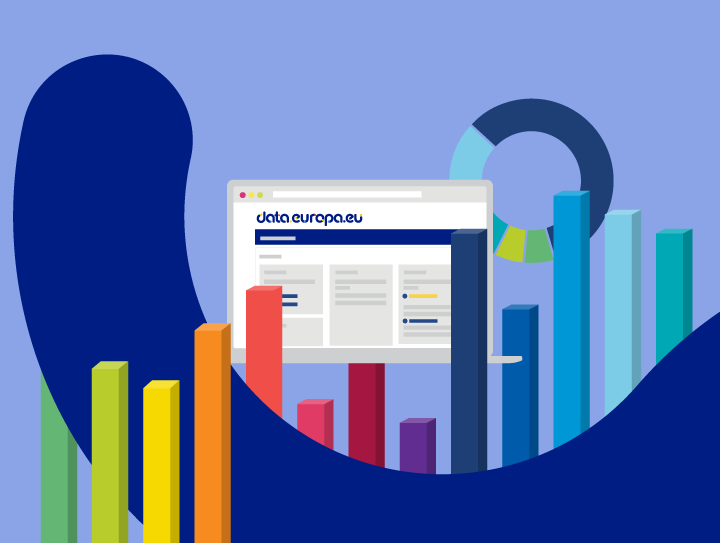
In an era where data drives decision-making, the European Data Portal is committed to making open data more accessible and actionable. Through a large selection of tools and educational resources, the portal supports users in transforming raw datasets into meaningful visual insights. One key feature is the CSV data visualisation tool , which allows users to preview and convert CSV datasets into interactive charts directly on the portal. Users can explore different formats of data tables, filter by category, and customise visual outputs without the need for external software. This tool lowers

After a refreshing summer break, the data.europa academy returned with an inspiring September webinar, ‘Data spaces: experience from the European Tourism Data Space’ . With many open data enthusiasts returning from their holidays, it was a great opportunity to gain more insights into how tourism data is being used across Europe. We were joined by Dolores Ordóñez, coordinator from the DEPLOYTOUR project, who provided valuable insights into the development and structure of the tourism data space. She presented the project’s roadmap and rolebook , helping attendees understand the importance of

October marks the start of the annual European Cybersecurity Month (ECSM), the EU’s awareness campaign coordinated by ENISA and the European Commission. This year, with the theme ‘Think before you click’, the ECSM highlights the importance of protecting against cyber threats through digital resilience. Citizens are invited to participate in webinars and interactive sessions, both locally and internationally, to learn about topics including phishing and secure data handling. The campaign also provides free educational materials through the ECSM portal, which helps institutions strengthen their
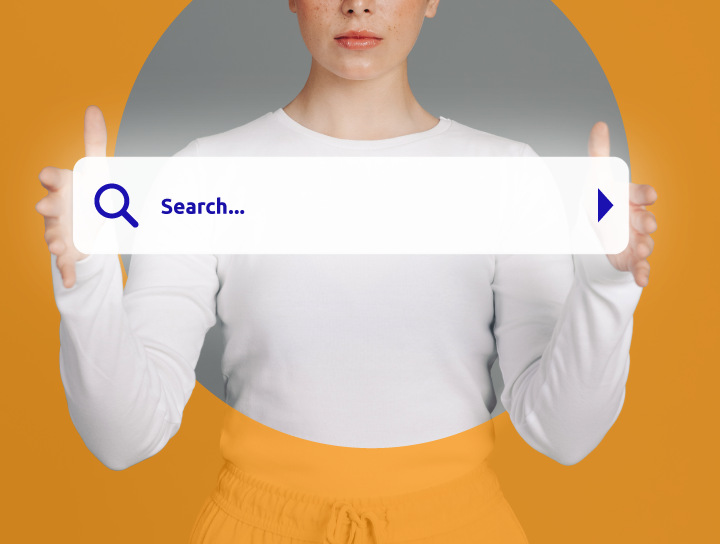
Each year on 28 September, we mark the International Day for Universal Access to Information , a global observance led by UNESCO to promote the fundamental right of access to information. In 2025, the day marks a special milestone: the 10th anniversary of its designation by UNESCO , reflecting a decade of progress and challenges in ensuring access to information worldwide. This year’s theme, “Ensuring Access to Environmental Information in the Digital Age”, highlights the urgent need for timely, comprehensive, and cross-border access to environmental data. From climate change and biodiversity
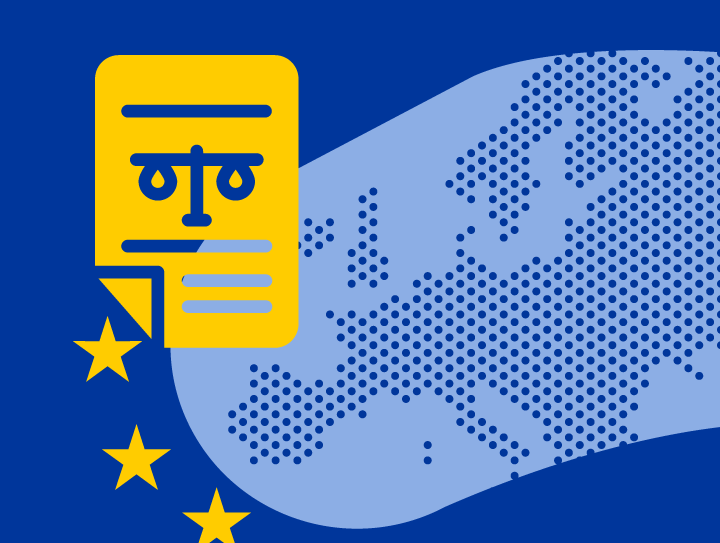
As of January 2024, the European Data Act has officially entered into force, marking a major milestone in Europe’s digital transformation. As part of the broader European strategy for data , the Act aims to democratise access to data, as well as foster innovation and create a fairer digital economy across Europe. As of September 2025, the full application of the Act is in place, meaning stakeholders can now work on compliance and integration into their systems. The European Data Act gives individuals and businesses the right to access data which they help generate through connected devices and

World Tourism Day 2025 , taking place on 27 September, highlights tourism sector as a driver of sustainable, inclusive, and resilient transformation. This year’s theme, “Tourism and Sustainable Transformation”, organised by UN Tourism , reflects the growing need to rethink the sector in light of global challenges such as climate change, inequality, and digitalisation. The official celebration is hosted in Melaka, Malaysia, where the World Tourism Conference will take place from 27 to 29 September. At least four European initiatives have already been confirmed, ranging from workshops and forums
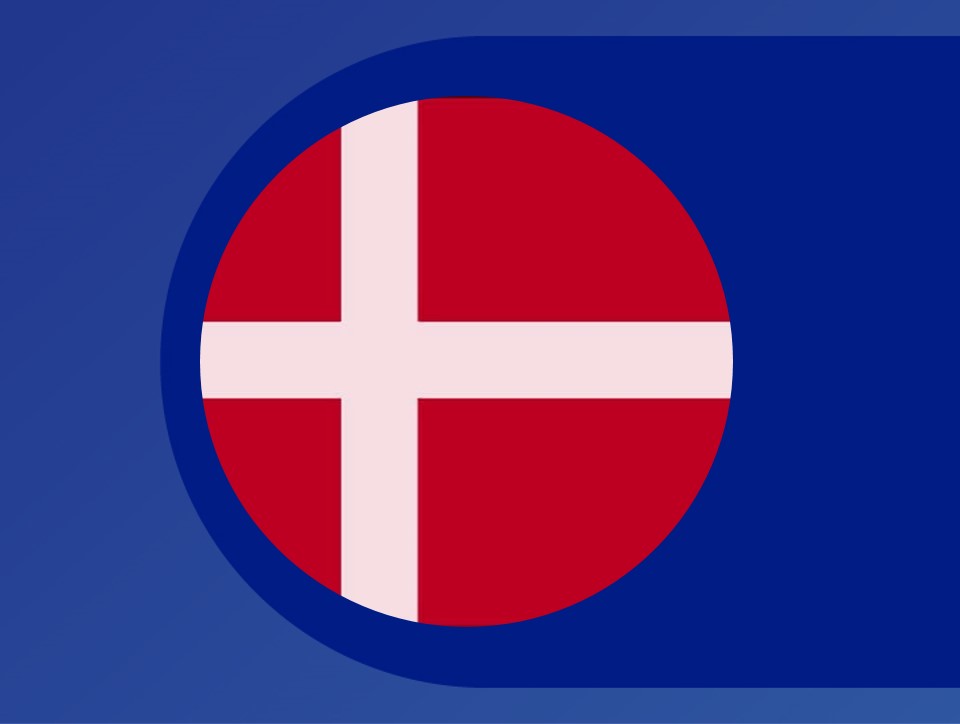
Denmark’s national open data portal, datavejviser.dk , plays a central role in navigating the country’s decentralised data ecosystem. Instead of hosting datasets directly, the portal acts as a guide, linking users to thousands of datasets published across platforms such as opendata.dk – which focuses on municipal and regional data – and dst.dk , the official statistics portal. This structure reflects Denmark’s coordinated approach to open data, where multiple platforms serve distinct audiences and purposes. To improve usability, datavejviser.dk monitors how users interact with the portal
Do you want to build meaning around your data and uncover deeper insights through visualisations? Join the upcoming three-part data.europa academy data visualisation training series ‘Visualising data for impact' , taking place from 14 to 16 October 2025, each afternoon from 16:30 to 18:00 CEST. In a world overflowing with information, data visualisation is key to create clarity. It transforms complex numbers into compelling stories, making insights more accessible, memorable, and actionable. Whether you are working in business, research, or education, mastering the art of visualisation
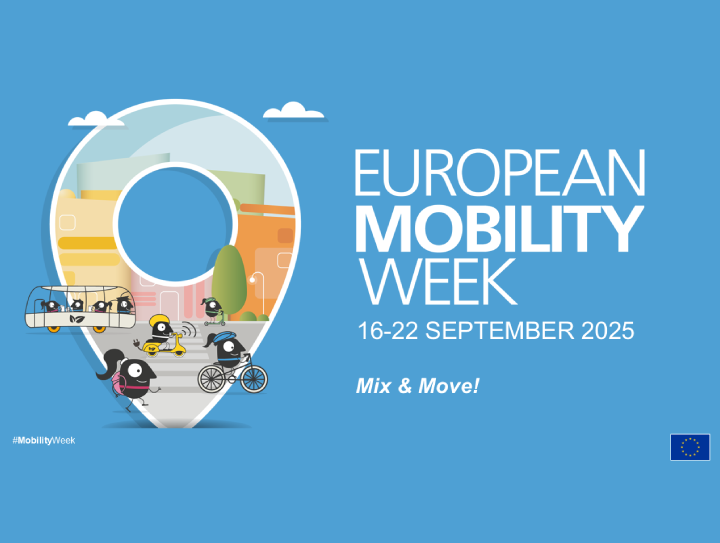
European Mobility Week , the European Commission’s annual campaign promoting sustainable urban mobility, returns from Tuesday 16 September to Monday 22 September, culminating in the popular Car-Free Day. This year’s theme, ‘Mobility for Everyone’, highlights the importance of accessible, affordable, and inclusive transport options for all, regardless of income, location, gender, or ability. Local authorities across Europe are invited to participate by testing new forms of clean mobility, promoting innovative infrastructure, and engaging citizens in shaping future transport systems. The

Every year on 15 September, we come together to mark the International Day of Democracy ; a moment to reflect on the state of democracy across nations, as well as recommit to its principles. Established by the United Nations in 2007, this international day serves as a reminder that democracy is more than a political system and focuses on providing peace, development, and human rights. Democracy empowers citizens to shape their societies by enabling participation, transparency, and accountability. In a time where democratic institutions face increasing pressure, it is of great importance to
